
It’s a wrap… STAVCON 2025
There was a real buzz at the Sidney Myer Asia Centre (University of Melbourne) with more than 250 passionate science educators coming together for STAVCON 2025: Transforming Science Education. The day was filled with innovative ideas, hands-on learning, and powerful conversations about the future of science teaching.
Inspiring Keynotes & Thought-Starters
We kicked off with Mick Moylan (University of Melbourne), who gave a heartfelt reflection on the achievements of Professor Richard Robson, recent Nobel Prize winner in Chemistry. Using a simple atomic structure model, Mick reminded us how even the most fundamental concepts — and the people who bring them to life — can inspire curiosity, discovery, and deep understanding in those around us.
Steve Grant, Founder and Director ThatsWhatsNext invited us to embrace curiosity by “wondering out loud.” As a self-confessed sceptic who loves asking questions, Steve reminded us that we are all scientists—that science is about the process, not always the right answer, and that trying things out expands our thinking.

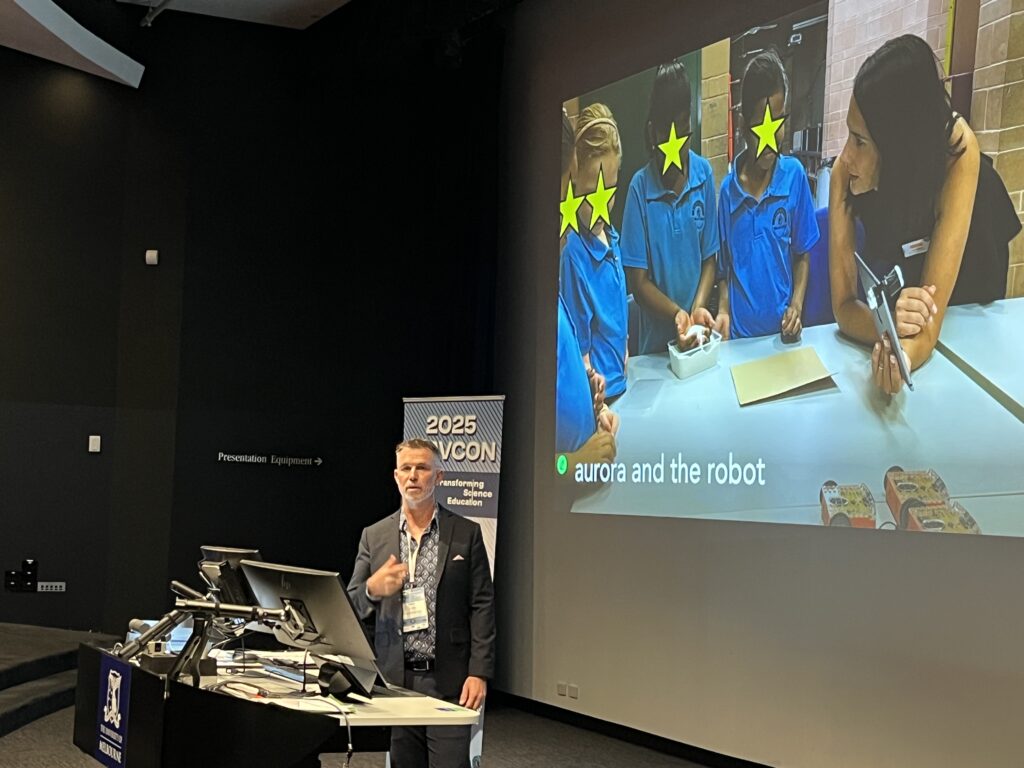
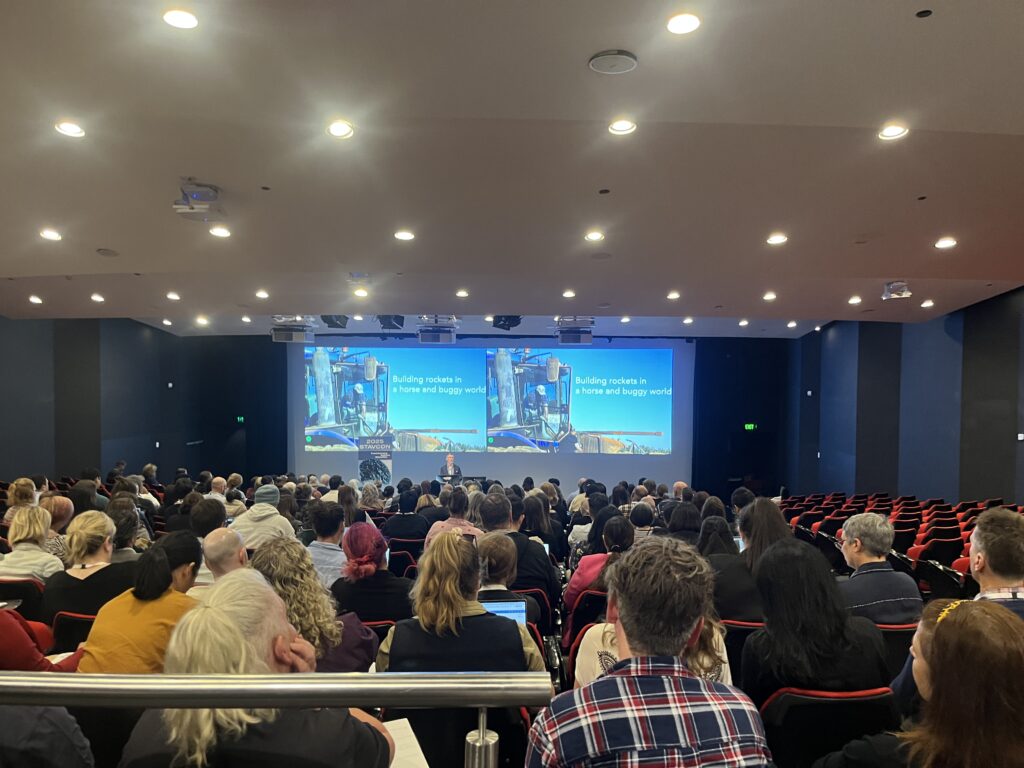
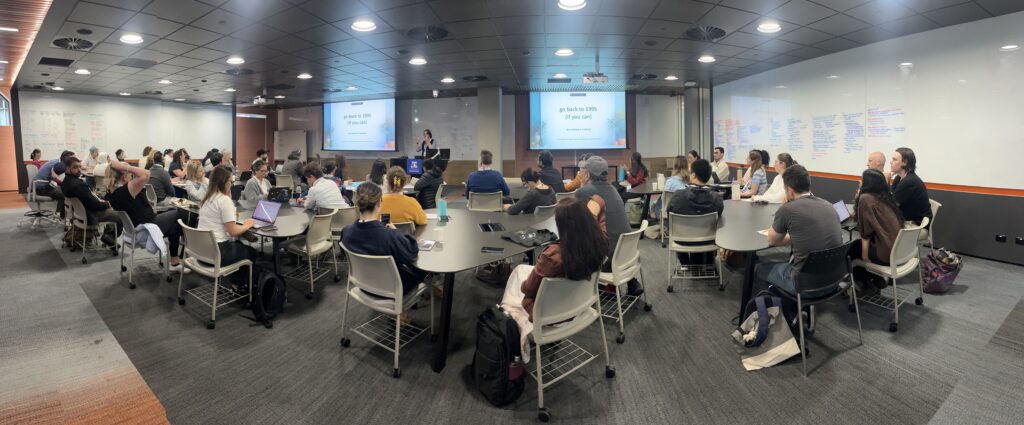
Some of the most talked-about sessions explored the future of AI in the classroom. Stuart Frankenhauser, Director of Digital Development and Innovation at Nossal High School, explored:
- Preparing now for a transformed educational landscape
- Emerging trends to guide strategic planning
- Likely drivers shaping the future of teaching and learning
Participants discussed proactive steps schools can take in an uncertain future, where the very purpose of education may need rethinking.
We journeyed deep below the Earth’s surface with James Driscoll, who revealed the dynamic world of volcanoes and tectonic plates. This interactive workshop helped teachers connect Earth science with real-world events like eruptions, earthquakes, and tsunamis.
Zoos Victoria challenged participants to identify species using only the shape of an animal skull – an engaging exploration of biodiversity.
The Chemistry Education Association (CEA) introduced their professional learning program for out-of-field chemistry teachers. Participants tested online modules, classroom-ready activities, and hybrid PL approaches designed to strengthen chemistry-specific pedagogical content knowledge. Feedback from attendees will help refine the program to meet the real-world needs of OOF chemistry educators.
We explored innovative ways to teach Year 7–10 Science with simple, hands-on classroom activities from Modern Teaching Aids. Using Victorian 2.0 curriculum-aligned resources, participants gained ready-to-use ideas to take back to their classrooms. Highlights included designing an energy-efficient house, exploring forces with a rollercoaster, and launching ping pong balls with slingshots and catapults—plus many more activities that brought science to life.
And we can’t forget the star of the show, Radar! Participants explored biology and psychology concepts through animal behaviour with a visit from Radar, the therapeutic dog. Led by Dr Brad Rundle, the live demonstrations engaged and motivated learners while providing memorable experiences that enhanced understanding of diffusion, SA:Volume ratio, and classical and operant conditioning. Teachers experienced firsthand the power of interactive demonstrations to deepen student learning.

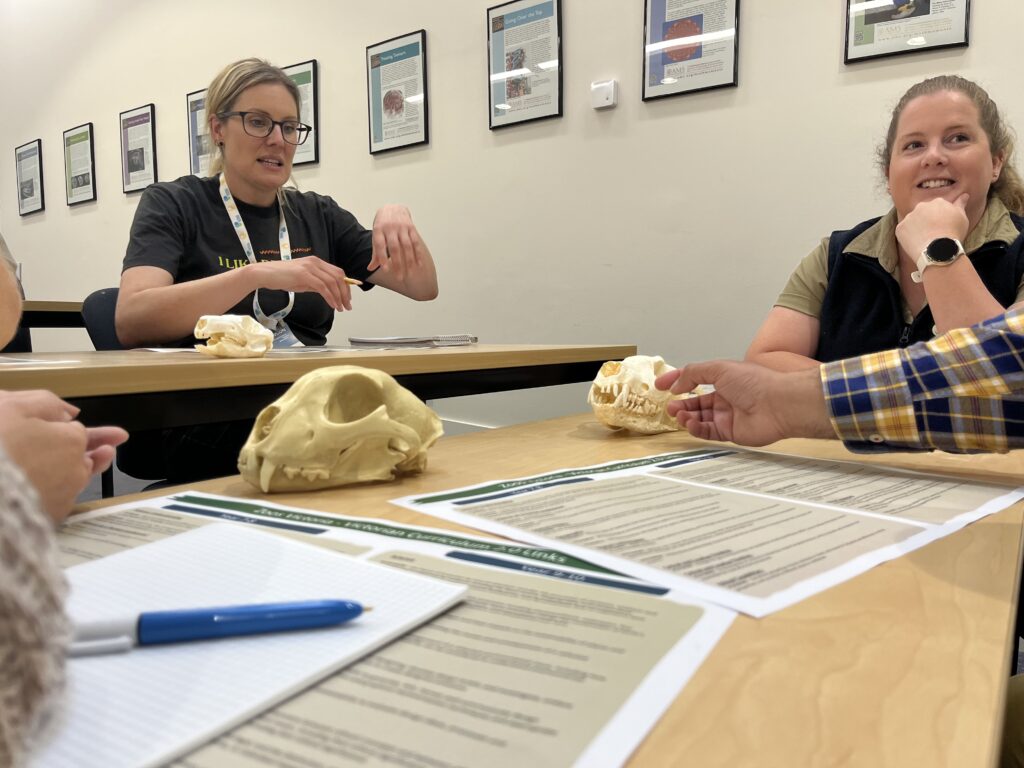
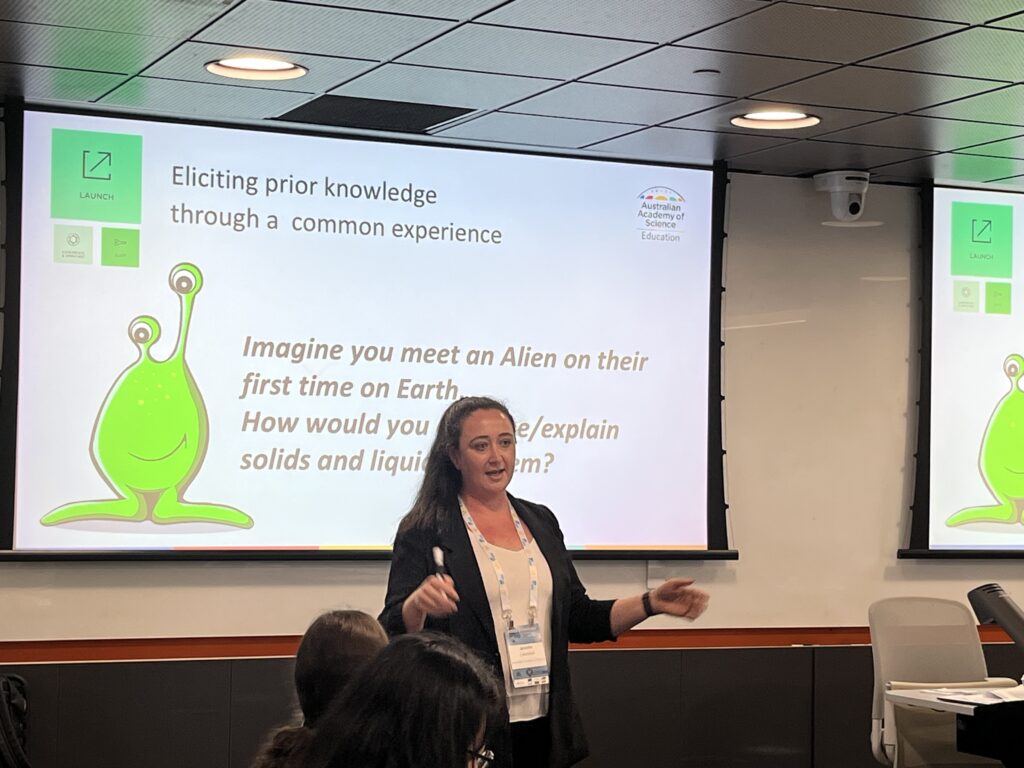



Of course, no STAVCON would be complete without Wallace the Tarantula from Reptile Encounters, who made plenty of new friends, plus we had a look under the microscope at some of the beautiful wildlife from the Royal Botanic Gardens under the microscope.
Eng Ed demonstrated engineering in action with a practical erosion and flooding analysis model, showing how designing a weir connects concepts across science and the humanities.
Arludo demonstrated their inquiry-based learning projects, encouraging students to think like scientists by analysing data, collaborating in teams, and tackling real-world problems across the Conservation, Game Design, and Adaptations challenges.
Britanica Education brought their ever-popular diffraction glasses, offering free class sets to schools and providing a fun, hands-on way to explore light and optics. If you missed picking up a set for your class, be sure to order a FREE set here: https://share.hsforms.com/1Skbl5N56QyOWfxWnksi0_Qc6tt2
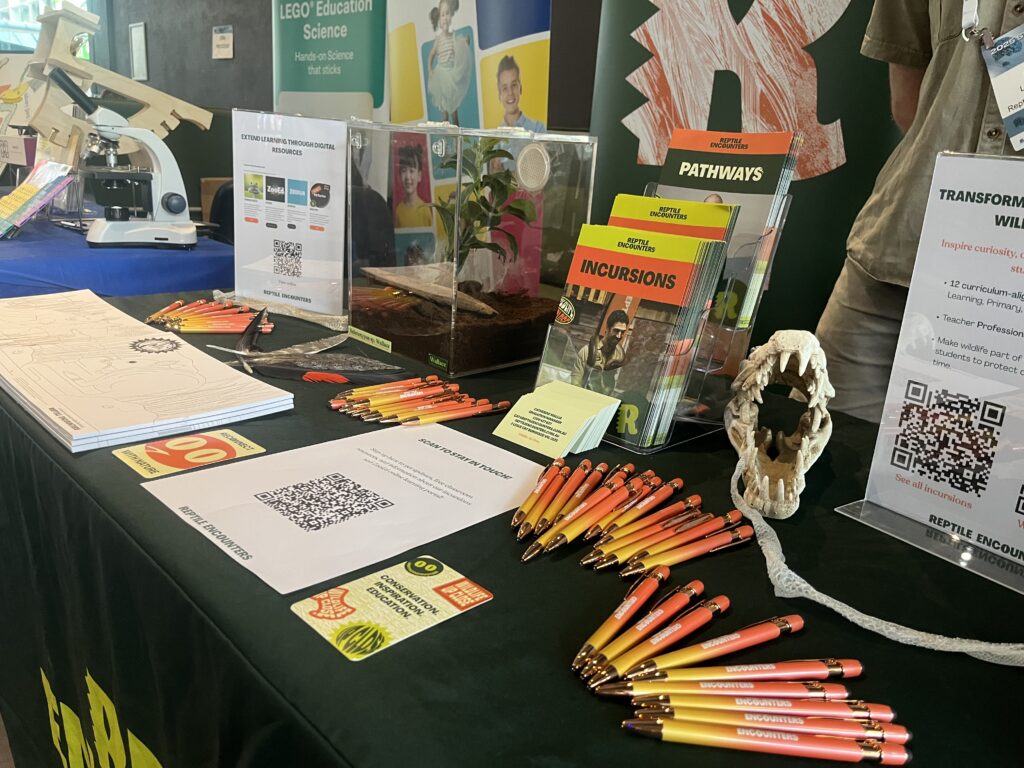

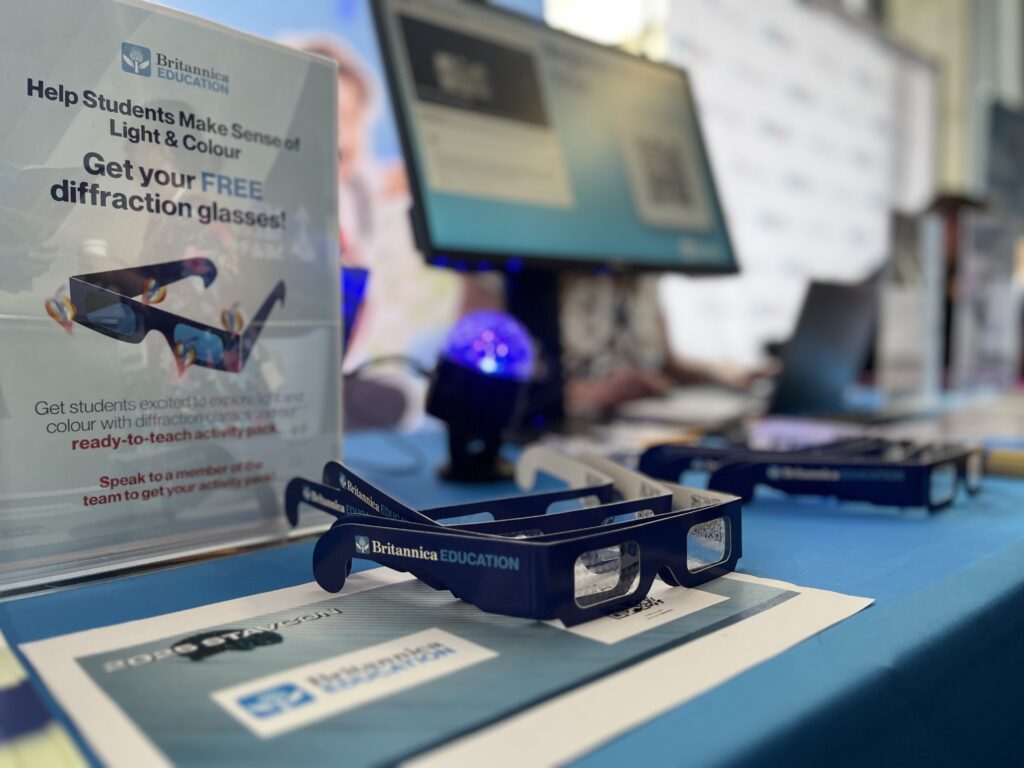
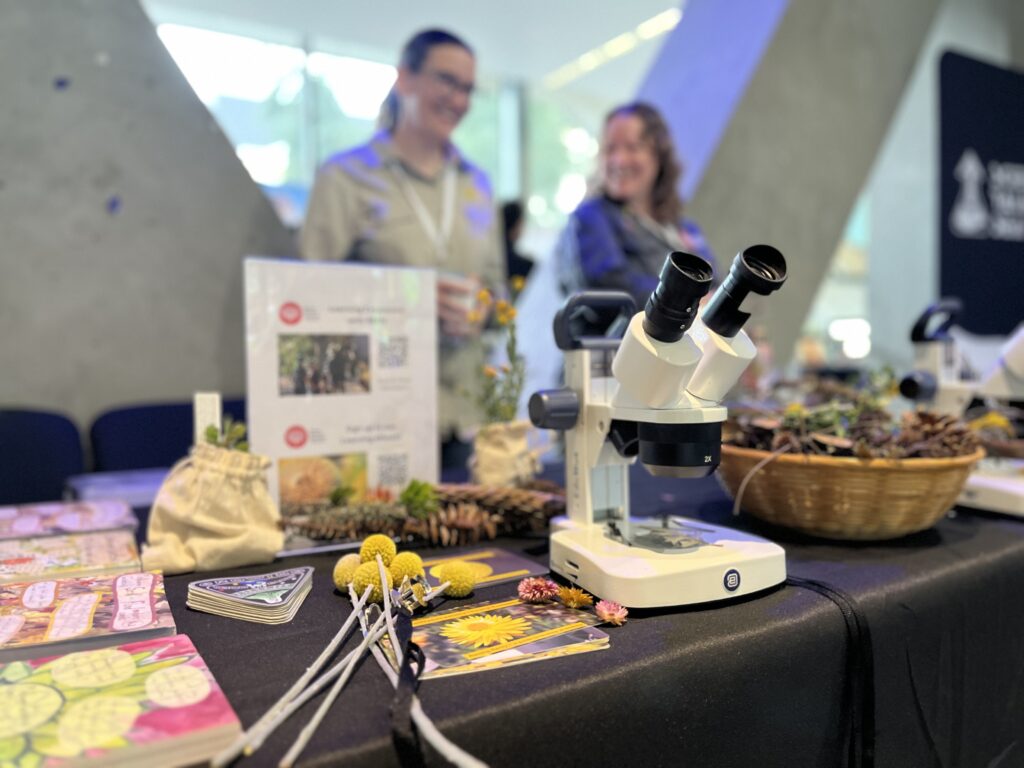
Although STAVCON 2025 has wrapped, the conversations, ideas, and inspiration sparked at the event don’t have to end. By continuing to share insights, explore new approaches, and collaborate across classrooms and schools, we can keep driving innovation and transforming science education together. Let’s carry the energy, curiosity, and creativity of STAVCON into every lesson, ensuring the impact of this year’s conference lasts far beyond the day itself.
Congratulations to the winners of this year’s STAVCON attendee game:
- Grace Gardiner, Lighthouse Christian College – Good Science books from Matilda Education
- Rosalie Harding, St Francis Xavier College – $150 Cambridge University Press voucher
- Trang Nguyen, Roxburgh College – A Reptile Encounter for their classroom.
A sincere thank you to all our Support Partners and Exhibitors, whose generous support made STAVCON 2025 possible. Your commitment to science education helps us continue to innovate, inspire, and empower educators across Victoria.




